[vc_row][vc_column][vc_column_text]
Post construction mold growth is more common than you think!
[/vc_column_text][/vc_column][/vc_row][vc_row][vc_column width=”1/3″][vc_column_text]
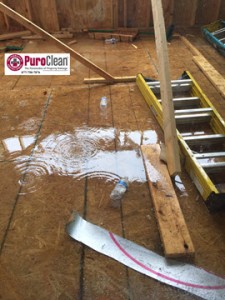
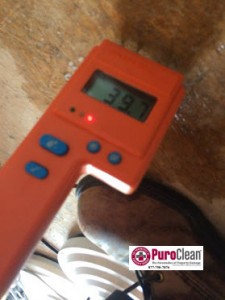
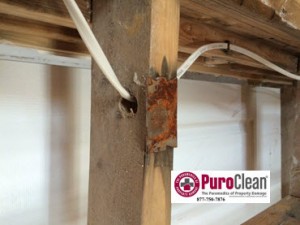
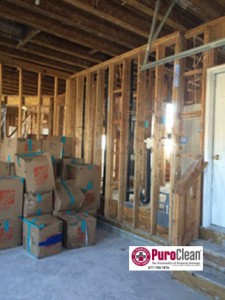
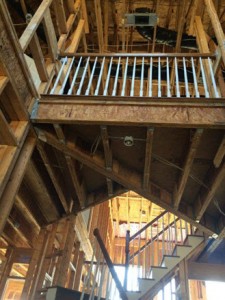
[/vc_column_text][/vc_column][vc_column width=”2/3″][vc_column_text]
Our story begins 2 years ago. A happy couple had saved for a long time to build the home of their dreams in Southern New Jersey. They contacted an architect who drew up the designs. Then they contacted a contractor and made a deposit.
Work began on their dream home while the couple watched with glee. Almost a year after breaking ground, they moved into their brand new home.[/vc_column_text][vc_column_text]
And then the problems started.
About 6 weeks after moving in, complete with all their new furniture, the wife noticed mold growing on the walls of the master bedroom and some of the rooms down stairs.
It returned even after she cleaned it several times.
At about 8 weeks after moving in, their 6 year old boy began to have breathing problems and was diagnosed with asthma.
At this same time, rashes appeared on the husband. And, no matter how many times he went back to his doctor, the rashes never went away – except when he was gone on extended business trips.
Not knowing what to do, the couple contacted us for a consultation.
[/vc_column_text][vc_column_text]
During our initial mold inspection, we found elevated moisture in 90% of the drywall and sub-floor throughout the house, confirmed by moisture meters as well as with IR camera.
But the pattern of water damage was anything but usual!
With that much moisture, we knew it couldn’t be an isolated problem like a burst pipe behind the wall.
We referred the couple to a certified Indoor Air Quality specialist who is also a licensed home inspector.
What the home inspector found was unbelievable!
[/vc_column_text][vc_column_text]Not only were there elevated mold spore counts inside, but when checking the property, he found several areas of water intrusion.
First, he found a plumbing problem in the master bathroom upstairs. It was leaking water downstairs behind the walls on one side of the house.
Then, he found a leak in the roof sheathing. This allowed water to run down the walls to the basement on the other side of the house.
And finally, he found insufficient grading outside. This allowed water to intrude into the basement.[/vc_column_text][vc_column_text]After receiving permission from the couple, the home inspector removed a portion of the drywall and lifted the wall-to-wall carpet in several areas.
He found mold growing behind the drywall and on the OSB sheathing and sub-floor throughout the home.
This finding suggested that in addition to the construction errors allowing water to intrude into the home, it had been built with wet materials that hadn’t been dried prior to installation.[/vc_column_text][vc_column_text]The family was crushed. Forced by the health issues of the husband and the little boy, they moved out – leaving everything behind, including their clothing so they wouldn’t contaminate their new residence.[/vc_column_text][vc_column_text]Because the mold problem was so extensive, the only way for us to help this family was to completely gut the home.
We removed all the drywall and hardwood floor, as well as the carpets throughout the home. This allowed us to get to the mold contaminated OSB board used for the sheathing and the sub-floor and remove it too.
Then, we followed the 16 step IICRC protocol for successful mold remediation and treated the beams and supports.
While we were doing that, the builder fixed the 3 different causes of the water damage.
All of this is taking several months!
And we’re still not done.
But, the family’s home and their sanitized personal belongings will be returned to them clean, dry, and safe once this project is finished.
Unfortunately, this story is all too common. All of this post construction mold growth could have been prevented.
But, the problem is, contractors, facing deadlines, try to hurry through the construction process.
Often, they don’t take steps to prevent building materials from becoming wet. Or, if the materials do get wet, they don’t take the time to dry them adequately before installing them.
And, with the high cost of materials for new construction, contractors commonly use OSB board instead of the more expensive plywood building materials.
Once the damp materials are put in place, the moisture gets sealed in. This creates the perfect breeding ground for post construction mold to grow.[/vc_column_text][/vc_column][/vc_row][vc_row][vc_column][vc_column_text]Our business exists to solve problems!
Sometimes it’s for homeowners who have mold growth after new construction. Sometimes it’s for builders who need help with mold remediation during construction.
If you, or someone you know needs help removing post construction mold, call 877-750-7876
[/vc_column_text][/vc_column][/vc_row]

Pingback: How To Prevent Mold After Construction: 2 tips
Pingback: Mold After New Construction: The Concrete Conundrum
Hi there, after reading this remarkable piece of writing i am as well
happy to share my experience here with mates.